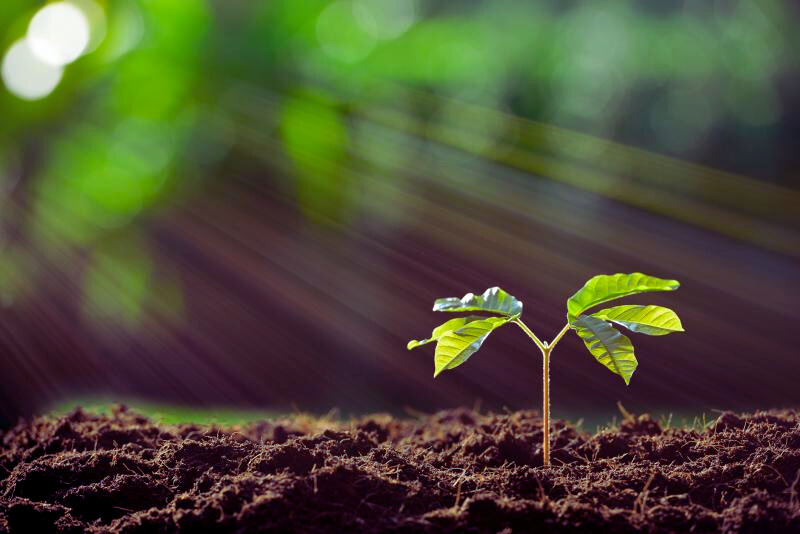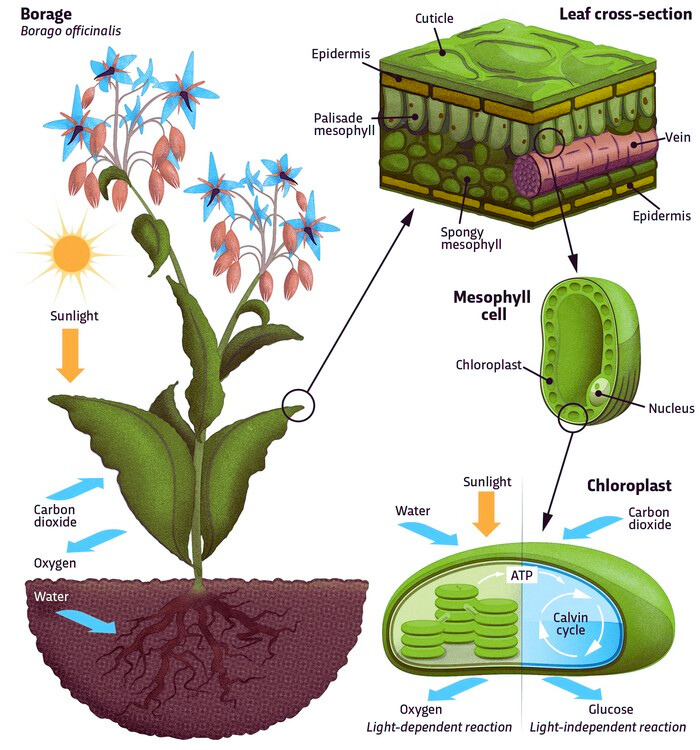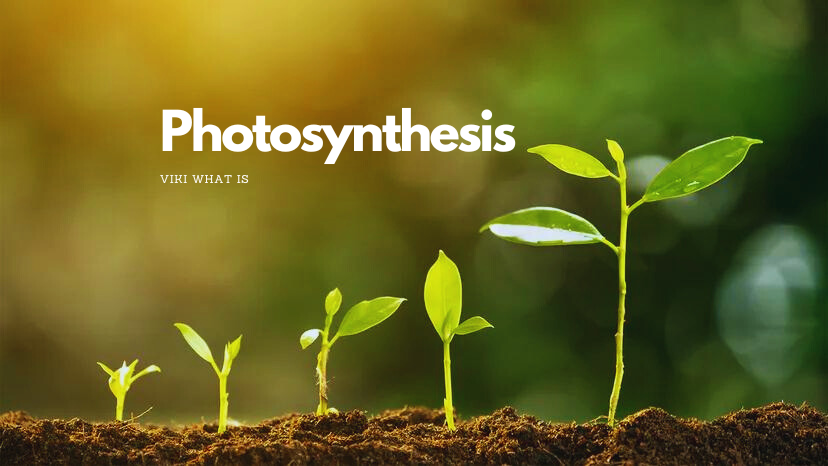Introduction
Welcome to the enchanting realm of photosynthesis! In this detailed guide, we will demystify the pronunciation of the word “photosynthesis” and take you on a journey through the intricate processes of plant life. Get ready to unravel the mystery and pronounce this scientific term with confidence.
How to Pronounce Photosynthesis: The Basics

Photosynthesis Pronunciation: A Quick Guide
Before we dive into the depths of photosynthesis, let’s master the pronunciation. It’s pronounced as “foh-tuh-sin-thuh-sis.” Practice it slowly, emphasizing each syllable, and you’ll have it down in no time!
How to Pronounce Photosynthesis with Confidence
Tips for Pronouncing Photosynthesis Correctly
To pronounce “photosynthesis” confidently, break it down: “foh-tuh” for the first part and “sin-thuh-sis” for the second part. Practice in front of a mirror, and soon, you’ll say it effortlessly.
Understanding Photosynthesis: A Plant’s Marvelous Feat

The Significance of Photosynthesis
Photosynthesis is the life-sustaining process that allows plants to convert sunlight, water, and carbon dioxide into energy-rich sugars. This fundamental process not only nourishes plants but also provides oxygen, the very air we breathe.
The Intricacies of Plant Energy Production

During photosynthesis, plants harness sunlight through pigments like chlorophyll, absorbing energy to transform water and carbon dioxide into glucose. This miraculous process is the cornerstone of the Earth’s ecosystems.
Conclusion
Congratulations! You’ve embarked on a fascinating journey to understand and pronounce the word “photosynthesis.” Now armed with knowledge, you can confidently discuss this vital process that sustains life on our planet. Remember, the next time you encounter “photosynthesis,” you’ll say it with ease.
Read also: How to Pronounce Be: Mastering the Art of Articulation
Photosynthesis is a complex process where plants use sunlight, water, and carbon dioxide to create energy. Sunlight is absorbed by chlorophyll, initiating a series of chemical reactions that result in the production of glucose and oxygen.
Photosynthesis is vital because it provides the energy needed for the survival of plants. Additionally, it generates oxygen, which is essential for the respiration of animals and humans. Without photosynthesis, life as we know it would cease to exist.
Chlorophyll is a pigment that absorbs sunlight during photosynthesis. It captures the energy from sunlight and converts it into chemical energy, initiating the process of transforming water and carbon dioxide into glucose and oxygen.
Plants use glucose as a source of energy for various biological processes. Additionally, they store glucose in the form of starch for later use. This stored energy sustains the plant during periods when sunlight is scarce.
No, photosynthesis primarily occurs during daylight hours when sunlight is available. Without sunlight, the process halts, and plants rely on stored energy reserves.
Yes, there are different types of photosynthesis, including C3, C4, and CAM photosynthesis. These variations occur in different plant species and have adapted to different environmental conditions.




